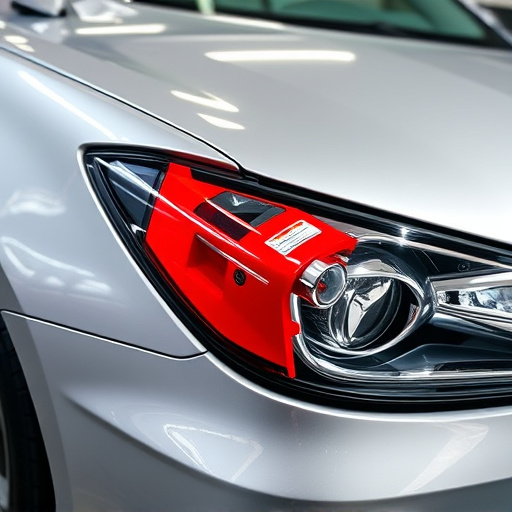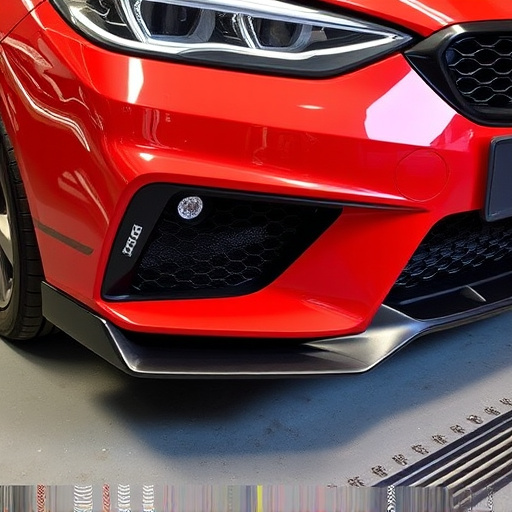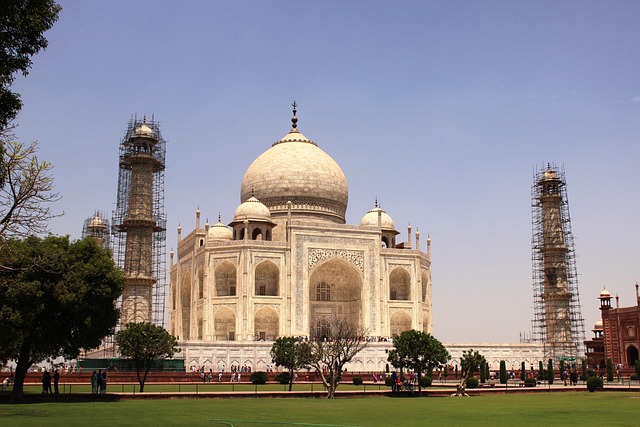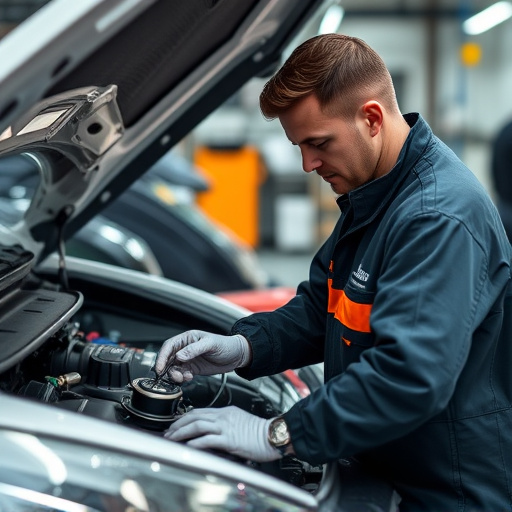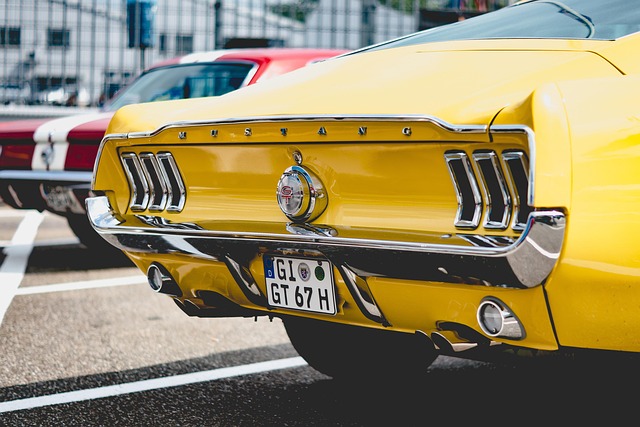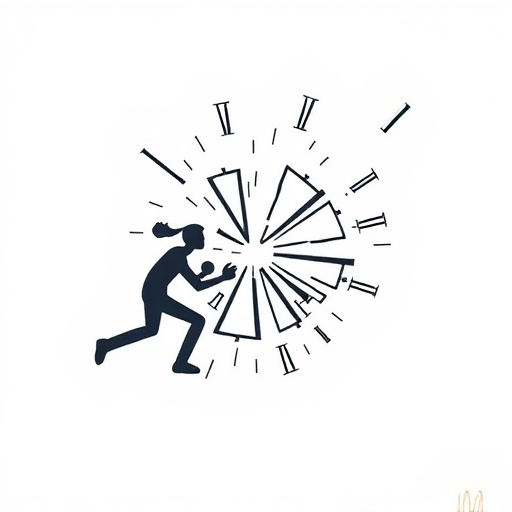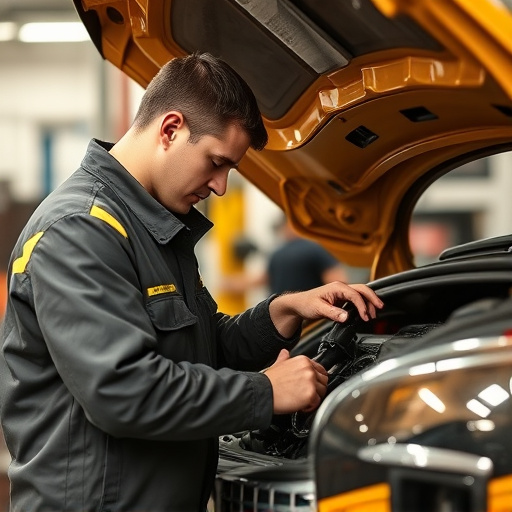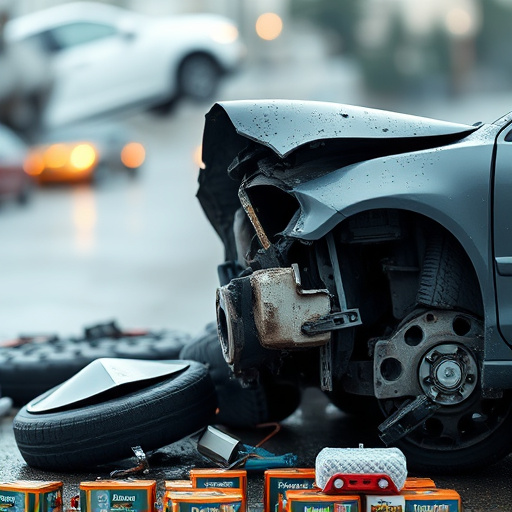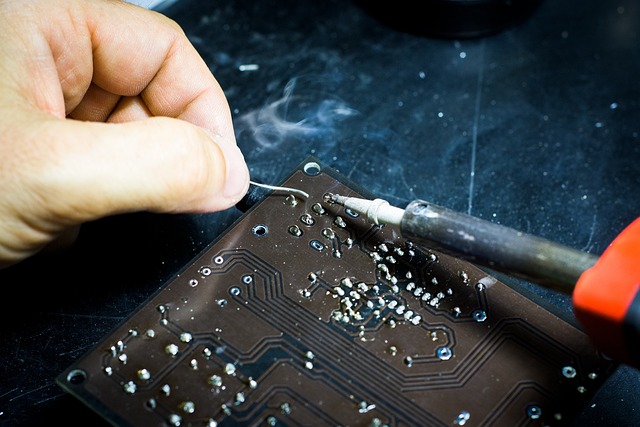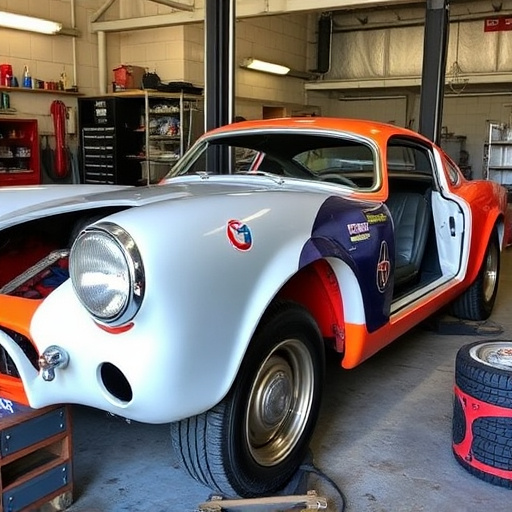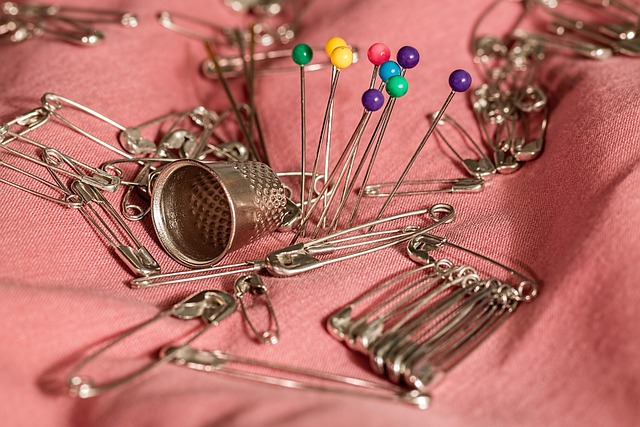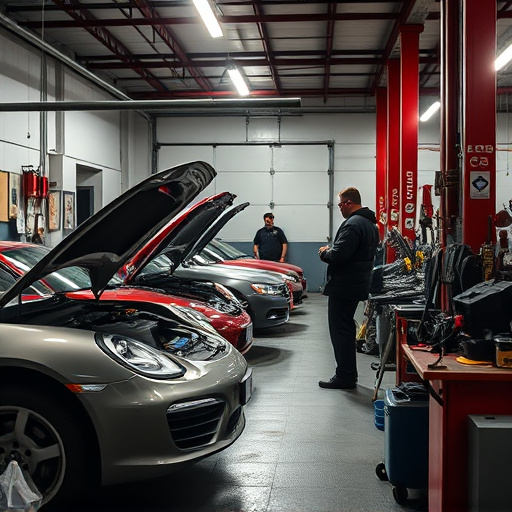Tesla collision repair involves a meticulous process starting with inspection, using specialized body restoration techniques and advanced auto detailing, with state-of-the-art equipment for visually perfect and structurally sound paint jobs. Key factors influencing the Tesla collision repair time frame include ambient temperature, humidity, paint type, damage complexity (ranging from hours to days). Optimizing drying cycles through advanced technologies, controlled environmental conditions, rapid-curing paints, and high-quality drying booths significantly reduces repair timelines. Infrared heaters or hot air blowers further accelerate drying in colder climates for minimal imperfections and seamless finishes.
“Uncovering the mysteries behind Tesla collision repair time frames is crucial for car owners seeking swift and precise restoration. This article navigates the intricate processes, revealing key factors that influence paint drying times. From understanding factory specifications to optimizing environmental conditions, we explore strategies to enhance efficiency. By delving into these techniques, you’ll gain insights into minimizing wait times, ensuring your Tesla returns to its gleaming state promptly.”
- Understanding Tesla Collision Repair Processes
- Key Factors Influencing Paint Drying Time
- Optimizing Drying Cycles for Efficient Repairs
Understanding Tesla Collision Repair Processes

Understanding Tesla Collision Repair Processes involves grasping several intricate steps designed to restore your vehicle to its pre-accident condition. The process typically begins with a thorough inspection, where skilled technicians assess the extent of damage to both structural and cosmetic components. Once damage is accurately identified, specialized tools and techniques are employed for car body restoration, ensuring precision and alignment.
Following this, experienced mechanics initiate the auto detailing phase, meticulously addressing any paint imperfections or scratches. This meticulous attention to detail sets Tesla collision repair apart from conventional services. The heart of the process lies in advanced car paint services, employing state-of-the-art equipment to ensure paint jobs are not only visually perfect but also structurally sound. These processes, combined with precise adjustments and quality control checks, contribute significantly to the Tesla collision repair time frame.
Key Factors Influencing Paint Drying Time

Several key factors significantly influence the paint drying time for Tesla collision repairs. Firstly, the ambient temperature plays a crucial role; warmer temperatures accelerate the drying process, while colder conditions can prolong it. Humidity levels are another critical consideration, as higher humidity may slow down evaporation. The type of paint used and the specific application method also impact drying time. Some advanced paints designed for faster curing can reduce repair times compared to traditional formulations.
Additionally, the size and complexity of the collision damage affect the overall Tesla collision repair time frame. Smaller dents and scratches may only require a few hours to dry, while more extensive repairs involving body panel replacement or substantial paint preparation could take several days. Auto repair shops skilled in Tesla collision repair often employ efficient techniques, including specialized drying equipment and controlled environmental conditions, to optimize paint drying cycles and ensure high-quality finishes within the expected Tesla collision repair time frame.
Optimizing Drying Cycles for Efficient Repairs

Optimizing drying cycles is a key aspect of efficient Tesla collision repair. By understanding the specific requirements of Tesla vehicles and leveraging advanced drying technologies, auto body shops can significantly reduce repair time frames. This involves not only using specialized paints designed for rapid curing but also controlling environmental factors such as temperature and humidity to accelerate the drying process.
Effective optimization strategies include investing in high-quality drying booths equipped with efficient ventilation systems. Additionally, utilizing heat sources like infrared heaters or hot air blowers can expedite paint drying, especially in colder climates where ambient temperatures may slow down the process. These techniques not only streamline Tesla collision repair but also ensure superior results by minimizing the risk of paint imperfections and ensuring a seamless finish on car dent repair and auto body services.
Tesla collision repair time frames can vary, but by understanding the key factors influencing paint drying times and optimizing drying cycles, shops can significantly enhance their efficiency. By carefully managing temperature, humidity, and ventilation, as well as choosing the right paints and coatings, repair times can be reduced, leading to faster turnaround and happier customers.
